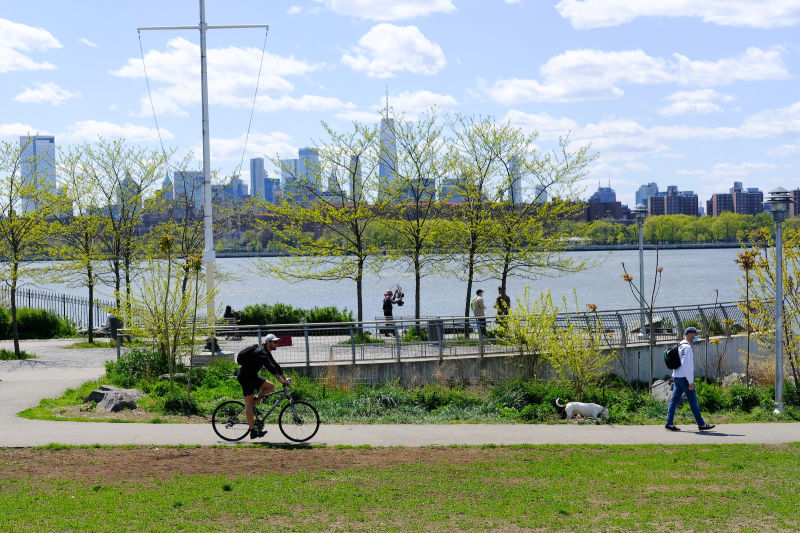Drive to increase Parks Department budget finds wide support in Brooklyn

A drive to increase the Parks Department’s budget to at least 1% of the overall city budget is getting wide support in Brooklyn.
New Yorkers for Parks is leading the campaign, known as Play Fair for Parks, with the League of Conservation Voters and District Council 37. It points out that New York allocates a relatively small share of its budget to parks compared to other large cities. While Minneapolis’ parks budget is 5.3% of the city’s total budget, and Chicago devotes 4.3% of its budget to parks, the figure for New York City is only 0.6%.
People became especially appreciative of city parks during the COVID pandemic, when parks were one of the few places people could go. City Council Parks Committee Chair Shekar Krishnan (D-Queens) told the Brooklyn Eagle that both Mayor Eric Adams and the Council have given their support to the 1% goal, and he categorized the Parks Department’s main needs as maintenance, increasing the number of employees, and increasing the city’s tree canopy.

Brooklyn Boro
View MoreNew York City’s most populous borough, Brooklyn, is home to nearly 2.6 million residents. If Brooklyn were an independent city it would be the fourth largest city in the United States. While Brooklyn has become the epitome of ‘cool and hip’ in recent years, for those that were born here, raised families here and improved communities over the years, Brooklyn has never been ‘uncool’.